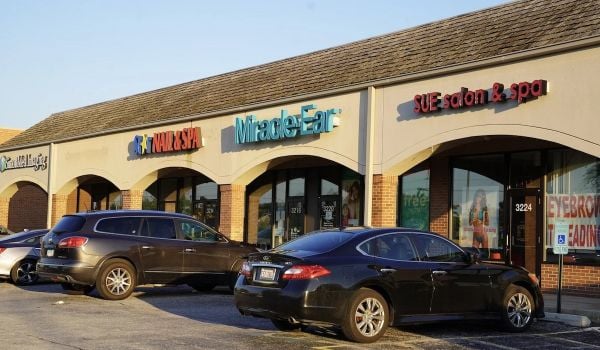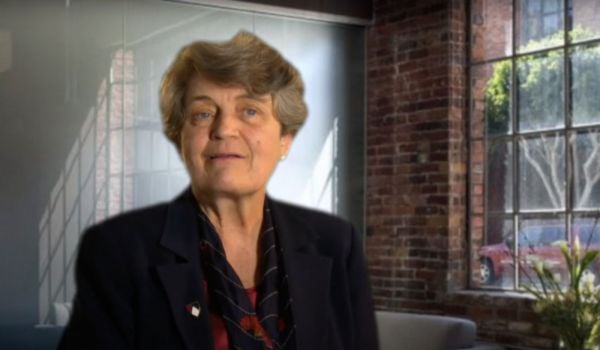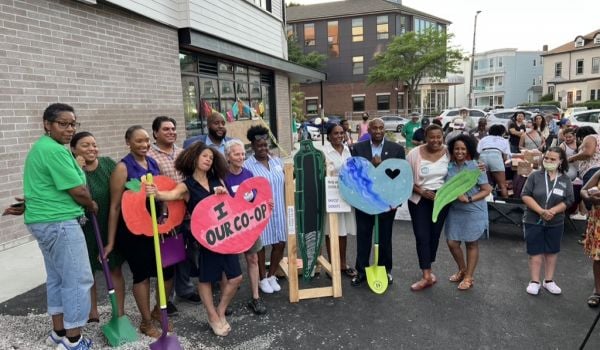One of the biggest barriers to closing the racial wealth gap is the racial wealth gap itself. Just ask any community bank that’s owned or controlled by Black, Hispanic, Indigenous or other people of color. Or read banking law expert Mehrsa Baradaran’s “The Color Of Money.”
The banking system has long relied on local investors, usually local business and civic leaders, coming together to provide seed capital and business relationships for new community banks. But as an ongoing symptom of systemic racism, households of color still hold just a fraction of the average assets held by white households.
With far less wealth available in communities of color to invest in a new bank, it shouldn’t be surprising that people of color own so few banks. According to the Federal Deposit Insurance Corporation, out of 4,746 banks and thrifts that the agency insures across the U.S., just 145 are minority-depository institutions, or MDIs. That’s 3% of banks and thrifts owned or led by people who now make up 42% of the country’s population, on the way to becoming a majority.
There’s plenty of wealth out in the world floating around stock markets and bond markets and real estate markets, even absent reparations that could provide Black communities with an influx of wealth to invest. But there are hardly any vehicles designed to invest that wealth into Black, Hispanic, Indigenous or immigrant community banks.
Several new pooled investment funds have emerged over the last few years to try and bridge that gap. The FDIC itself helped encourage the creation of one such fund, the Mission Driven Bank Fund, which has raised $120 million in pooled investment dollars from corporations so far. The fund recently announced the selection of a private investment management firm that has begun leading the process of both attracting additional fund investors and evaluating potential investments for the fund’s portfolio.
To be eligible for investment from the Mission Driven Bank Fund, a bank has to be either an MDI or carry federal certification as a Community Development Financial Institution.
“I think all of these investment funds will have a role to play, and there are going to be small nuances distinguishing them,” says Nicole Elam, president and CEO of the National Bankers Association, a national trade association for MDIs. “But I think what they’re all trying to do, which is to infuse more capital into a sector that’s been historically undercapitalized, is a great thing.”
The FDIC began openly discussing the possibility of putting together this kind of pooled investment fund in late 2020. As Next City covered at the time, the idea was to help drive more capital to institutions that have historically had difficulty raising capital from shareholders in large part because of ongoing racial wealth gaps.
Beyond the startup phase, banks have ongoing needs to raise shareholder capital, and the pandemic plus the racial reckoning of the past few years tested the limits of MDIs to raise new capital from shareholders when they needed it.
Following the onset of the pandemic and George Floyd and Breonna Taylor’s deaths at the hands of police earlier in 2020, a wave of corporations began showing interest in making deposits in MDIs. But deposits aren’t enough. In fact, some of the more popular MDIs during the pandemic were referring potential corporate depositors to others because they were already flush with deposits.
These MDIs had reached their deposit limit, based on what banks call “tier 1 capital” – a term representing a bank’s combined shareholder dollars and accumulated profits held over from previous years. Bank regulators require banks to maintain a ratio of $1 in tier 1 capital for every $11 in assets, and most banks like to keep a lower ratio just to be safe. So some MDIs needed to raise more tier 1 capital before they could take in more deposits and make more loans, including Paycheck Protection Program loans.
During the pandemic, a few of the more established MDIs successfully raised tier 1 capital by selling ownership shares to some of the largest banks in the country. The big banks can get credit for making such investments when regulators evaluate them for compliance with the Community Reinvestment Act. But relatively few MDIs actually got any of those tier 1 capital investments from large banks.
“We saw a trend of those direct [tier 1 capital] investments going to the same six to 12 MDIs,” Elam says. “Our preference at the end of the day is still direct investments, but not all of my members are getting direct investments so they need another place to go like a fund.”
The U.S. Treasury itself got into the mix in a huge way, making its own tier 1 capital investments under the Emergency Capital Investment Program, or ECIP for short. It’s part of the larger response from the federal government to the economic fallout from the COVID-19 pandemic. ECIP has already made tier 1 capital investments in 162 institutions, totaling $8.3 billion. Eligible institutions for ECIP include banks or credit unions that are MDIs or carry federal designation as Community Development Financial Institutions.
The ECIP program opened up a second round of applications in December, announcing it would make up to $340 million more tier 1 capital investments.
Even with all the tier 1 capital investments coming out of ECIP, Elam says that’s still not enough to make up for the gap. She adds that many MDIs did not qualify for ECIP because of other criteria based on recent financial performance. Elam also still believes it’s important for more institutional investors to become familiar with the risks and returns of investing in MDIs, whether it’s directly or through pooled investment funds.
“The dollars that came through ECIP in no way levels the playing field of historic undercapitalization of MDIs,” Elam says.
Pooling investor dollars into a fund and then having the fund make investments in individual MDIs is a lot of extra work compared with direct tier 1 capital investments in MDIs. But the fund approach opens the door to vast pools of wealth held by institutional investors like public and private pension funds, insurance companies, corporations, foundations, university endowments and other institutions.
The chief financial officers or treasurers at those large institutions have shown a growing appetite for investing through funds, even if they end up footing at least part of the bill in terms of fees paid to fund managers. To them, investing in a fund seems less risky. Even if one of the MDIs doesn’t perform, the others in the portfolio might pick up the slack and the fund overall still ends up in the black.
“What we found is that it’s really hard for a lot of companies and treasurers to get comfortable with making direct investments, but some of them are going to get more comfortable with funds and certain structures of funds versus others,” Elam says.
Institutional investing didn’t always work this way, and it doesn’t necessarily mean it has to work this way forever, but that’s how it’s working right now. Recognizing that, Elam’s organization itself earlier sponsored the creation of a pooled investment fund, the MDI Keeper’s Fund, which is planning to raise at least $500 million to invest as tier 1 capital in MDIs. It’s raised $50 million so far from one bank and a prominent property insurance brokerage.
Meanwhile, another group of Black financial services professionals and regulatory experts launched the Black Bank Fund, promising to make $250 million in tier 1 capital investments in Black-owned banks across the country.
And, as Next City also recently covered, the $29 million Black Vision Fund will be making tier 1 capital investments as well as other investments in Black-led loan funds, banks and credit unions that specialize in lending to Black-owned businesses.
While the Treasury Department is evaluating and managing ECIP investments in-house, one of the big decisions for the private funds is who will manage them — performing the tasks of both courting institutional investors and evaluating potential investments.
Serving as the Mission Driven Bank Fund’s lead investors, Microsoft and Truist Bank — the seventh largest bank in the country — put out a request for proposals from asset management firms at the end of 2021. The pair ultimately selected Ohio-based Elizabeth Park Capital Management, led by Black co-founder Fred Cummings, to serve as the fund’s primary manager.
Their pick is a double unicorn. Elizabeth Park is one of the very few asset management firms that specializes in making investments in community banks. Even rarer, it’s a Black-led firm in a country where firms led by women or people of color manage less than 1% of professionally managed assets.
“I’m excited that the Mission Driven Bank Fund picked somebody who understands and knows community lenders,” Elam says.
It would be hard to find somebody who has observed community banks as closely, or for as long a time, as Cummings.
Originally from Akron, Ohio, Cummings graduated with an economics degree from Oberlin College in 1989. He took the first investing job he could find, at a small Cleveland firm as a junior analyst doing research on community banks for big investor clients in Boston and New York. But there was a community banking crisis taking place at the time, and his superiors soon left the firm. Few in the industry wanted to move to Cleveland, and Cummings made a good enough first impression that he rose quickly to become the firm’s lead banking analyst. That firm would eventually merge and become part of Cleveland-based KeyBank. Cummings held his position as lead banking analyst from 1991 to 2006.
In 2008, with another financial crisis roiling the banking industry, Cummings launched Elizabeth Park Capital Management — named for the Akron neighborhood where he grew up. Today the firm manages nearly $300 million in assets on behalf of institutional investors across the country. All of it is invested in publicly-traded community and regional banks across the country.
“They aren’t growth stocks, but they’re nice steady performers,” Cummings says.
According to Cummings, the Mission Driven Bank Fund will give priority to those institutions that did not receive ECIP investments. And it will possibly make investments in technology companies or other firms with tools to help MDIs and CDFI-certified banks to scale up. Also important, Cummings says, the fund will pay for management consulting and other services or technologies to help scale up the banks in its portfolio. Cummings also believes some MDIs in the portfolio may use the fund’s capital and his firm’s expertise to help acquire other MDIs or perhaps even acquire white-owned community banks.
There is some overlap between the 500 or so publicly-traded community and regional banks that Cummings monitors at his firm and the roughly 30o banks eligible for investment from the Mission Driven Bank Fund, but not too much overlap. Most of the latter aren’t publicly traded, at least not yet.
Cummings is excited to have a chance to speak with as many of the 300 as he can about their growth plans and have real dollars to invest in them if they need it. Cummings says he’s long had a personal interest in increasing access to capital for others who look like him across the country.
“One bank said they gotta take advantage of this opportunity, because you have a lot of social impact dollars that are being allocated and they really want to take full advantage of this unique opportunity,” Cummings says. “And we can help them do that with the capital that we can provide through the Mission Driven Bank Fund.”
This article is part of The Bottom Line, a series exploring scalable solutions for problems related to affordability, inclusive economic growth and access to capital. Click here to subscribe to our Bottom Line newsletter.

Oscar is Next City's senior economic justice correspondent. He previously served as Next City’s editor from 2018-2019, and was a Next City Equitable Cities Fellow from 2015-2016. Since 2011, Oscar has covered community development finance, community banking, impact investing, economic development, housing and more for media outlets such as Shelterforce, B Magazine, Impact Alpha and Fast Company.
Follow Oscar .(JavaScript must be enabled to view this email address)



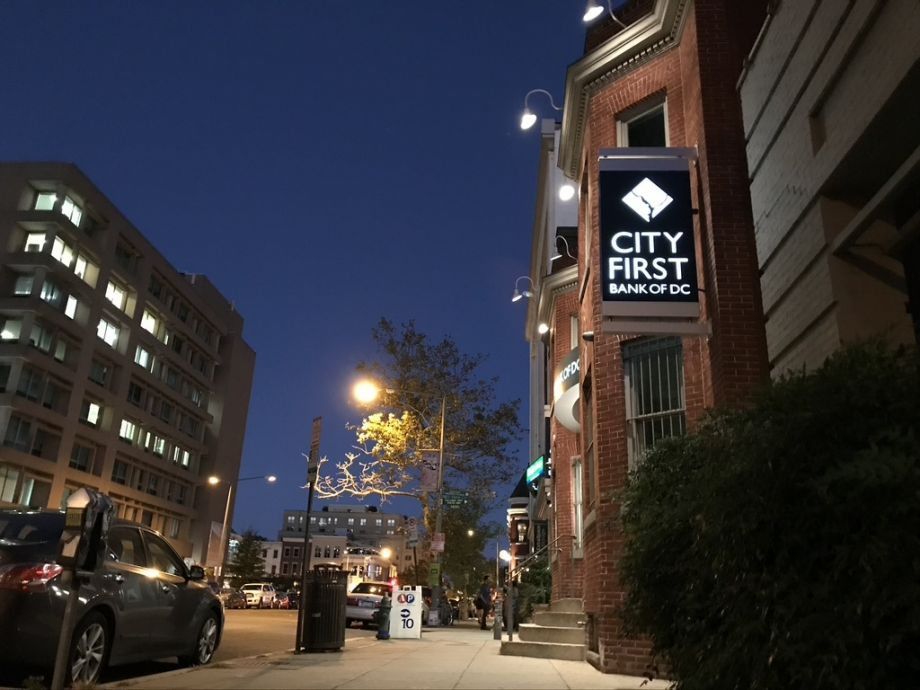
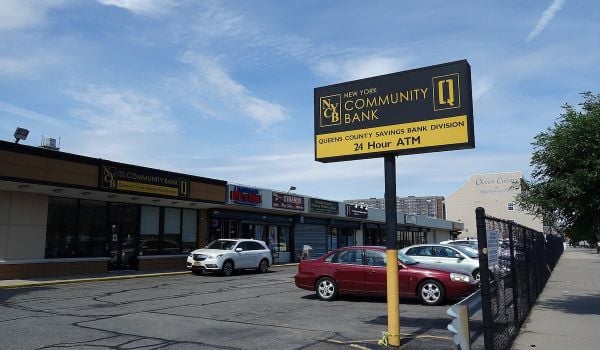

_600_350_80_s_c1.jpg)
